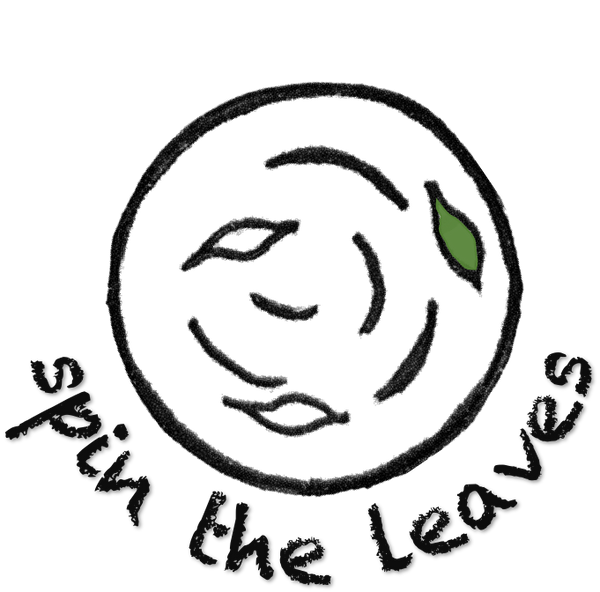frequently asked questions
What are the different brewing methods?
leaves in a bowl
This is the most ordinary way of sharing and drinking tea over the last few centuries. Just put a few tea leaves to the bowl, add some hot water and spin the leaves. This is the simplest way to enjoy tea. You can decide how strong you want by putting more or less leaves. Don't have a bowl yet? A mug can work too.
sidehandle
Some teas have very small leaves, leaves in the bowl might not be the best way to drink them. Some teas (e.g. green tea) require more attention with the water temperature. Using a sidehandle teapot can give you better control on the water temperature and make it easy to share tea among guests as well.
boiled
Boiling tea is one of the oldest brewing methods, extending back to the very first bowl of tea. It's like boiling a pot of herbs. Boiled tea is rich, deep and powerful. It's best for the winter's months with sheng/shou pureh or black teas.
Boiled tea is also a way to revive spent leaves! For some precious teas, you can save up the spent leaves after a few rounds of steeping, then boil the tea at another time.
gongfu
We usually refer this to the mastery of tea brewing to make the best cup of tea. Pay full attention to the water temperature, leaves to water ratio, use specific teawares (e.g. zisha teapot and small cups). Some tea lovers like to brew tea in this way to enjoy the full strength (energy and Qi) of the tea.
Can you share some brewing tips?
My teacher often reminds us "brew the tea, not the genre". Even teas from the same genre would require different technique and attention. However, I understand you might be looking for some hints to get started. You can take below as a very general guideline, and adjust based on your preference.
getting started
After you have the water boiled, pre-warm the bowls/cups/teapot with hot water. You may do a first rinse to the tea using boiling water. If you are having leaves in a bowl, don't worry about the first rinse, our teas are clean and you can drink right away.
water temperature
This is a very general guideline on water temperature for different genres of tea. You might find it strange that I put the description like "hot", "not so hot" in the below table. It's always good to try not using a thermometer. The more you practice, the less you will rely on tools.
| genre |
|
| white tea | very hot (85 - 95°C) |
| red tea |
|
| green tea | not too hot (65 - 75°C) |
| sheng puerh tea |
aged sheng puerh: very hot (85 - 95°C) young sheng puerh: hot (75 - 85°C) |
| shou puerh and black tea |
|
| oolong tea |
dancong oolong: hot (75 - 85°C) others: very very hot (90 - 100°C) |
amount of tea leaves
Generally speaking around 2-5g per serving depends on your preference. Try to brew it light when you are starting a new tea, then you can adjust. Some teas (e.g. green tea, white tea), you might even go under 2g. For darker tea like puerh, liu bao, I would use around 4-5g, and even more for aged tea.
Why do we drink aged tea?
Teas can go through an ageing transformation when they are well stored. Our bodies react differently even to the same tea as we drink it at different stages.
Some teas can be very cooling when they are fresh, e.g. green tea, sheng puerh. With good storage, teas can age beautifully and transform from cooling to warming and gentle after years. Like aged sheng puerh, ageing transformation brings out the true flavour puerh where young sheng puerh can not be compared.
The flavour of well-aged teas is rich, deep and complex. Well-aged teas are usually sold at a higher price since they are very precious. Their storage is also important, hence not easy to find. Many tea lovers fall in love with aged teas gradually.
Where do you source your teas?
The teas here are sourced from Global Tea Hut in Taiwan.
We encourage people to drink teas in a therapeutic or ceremonial way. We believe it is very important to drink clean and authentic tea. All the teas on the website are carefully selected and tasted by us and my teacher. We only sell the teas we drink and love, and we would serve our guests in tea ceremonies.
Shipping and return
Please click here for details.
